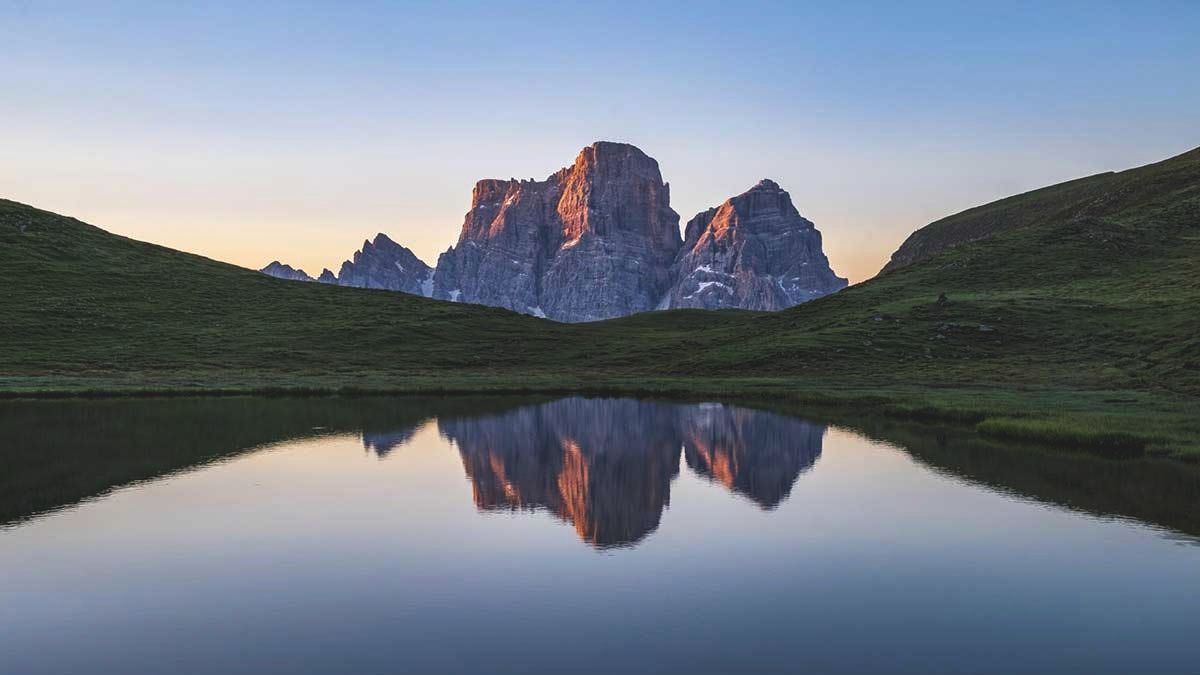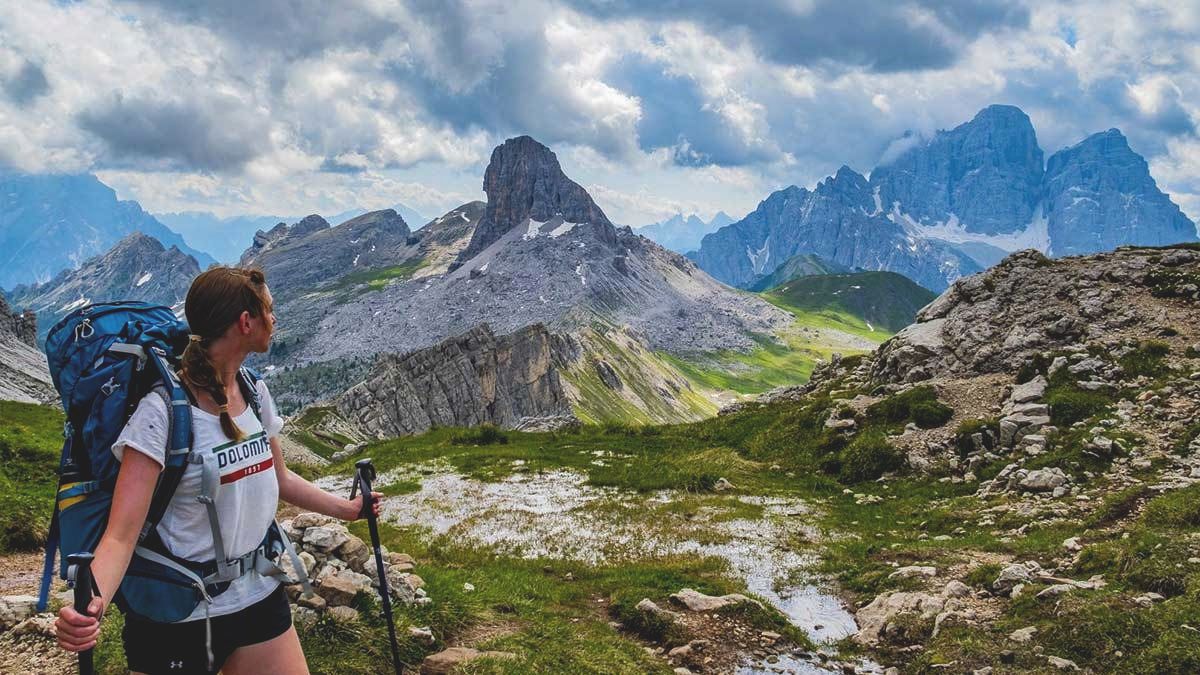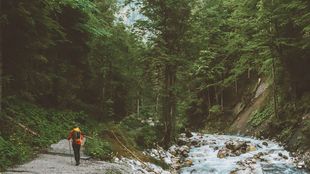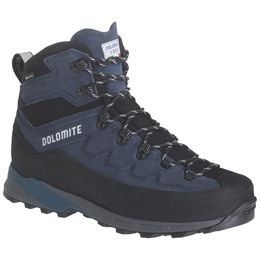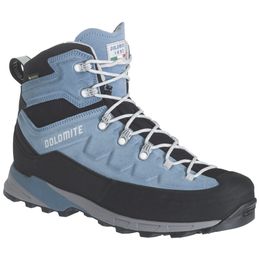Le plateau de Mondeval : un trésor dans les Dolomites
L’essor grandissant des activités de plein air a entrainé une fréquentation de la montagne non seulement en été mais aussi en hiver. En effet, ces dernières années, de nouveaux randonneurs sont apparus, fortement attirés par les balades en raquettes à neige, un outil qui permet de se plonger dans la nature pour profiter pleinement du charme particulier des paysages enneigés. Bien que cette activité, comme on le lit souvent, soit qualifiée « d'expérience adaptée à tous les publics » il ne faut pas la sous-estimer. Faisons donc un tour d'horizon rapide pour rappeler les principaux aspects à prendre en compte.
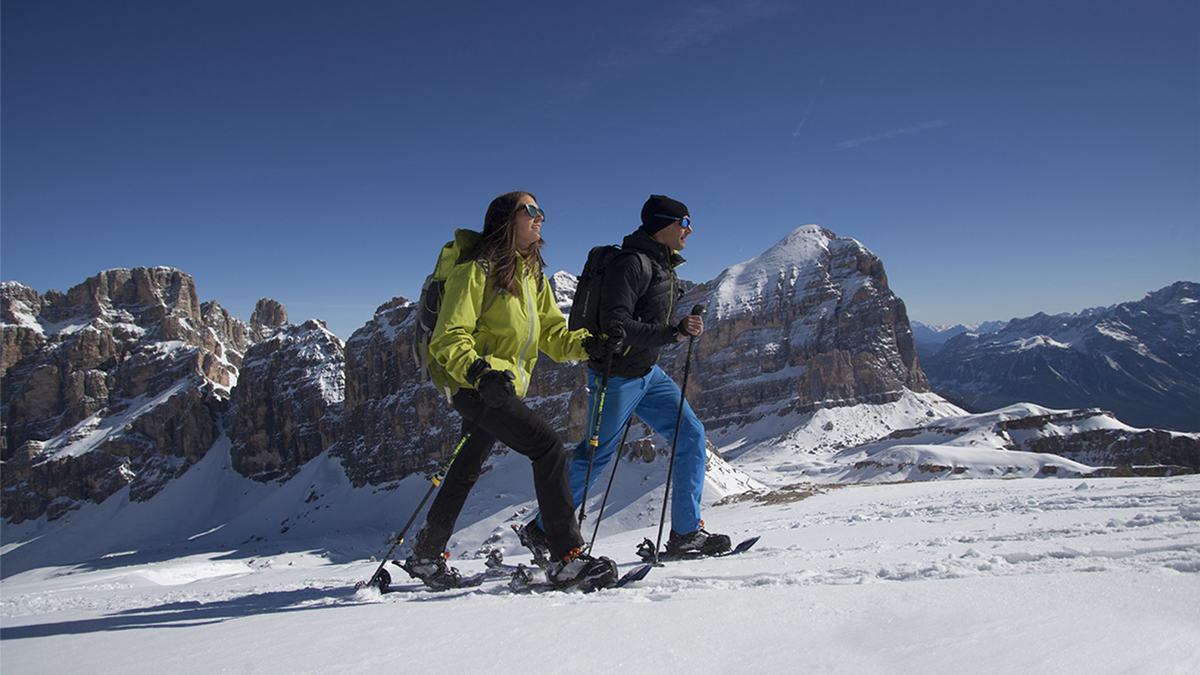
Qu'est-ce qu'une raquette à neige ?
Commençons par les bases : les raquettes à neige permettent de flotter sur le manteau neigeux, facilitant ainsi la marche dans toutes les conditions de neige, qu’elle soit lourde, molle, compacte ou glacée. Le principe de fonctionnement des raquettes consiste à répartir uniformément le poids du corps sur le sol, ce qui facilite le mouvement pendant la marche et empêche de s'enfoncer.

Comment utiliser les raquettes à neige
Pour enfiler les raquettes, il suffit de glisser son pied à l’intérieur d’une fixation à bascule spécialement conçue pour que la chaussure reste fermement fixée à la raquette. Cette fixation facilite la marche aussi bien sur le plat que dans les montées, mais elle permet également de mieux maîtriser sa position grâce au blocage du talon, un réglage grâce auquel la raquette adhère complètement à la chaussure, permettant ainsi d’aborder les tronçons plus techniques qui nécessitent une plus grande agilité. Autre accessoire équipant les raquettes : la talonnière, un élément qui réduit les risques d’entorse de la cheville et facilite la progression dans les montées raides, en soulageant l'activité des mollets et en limitant la fatigue.
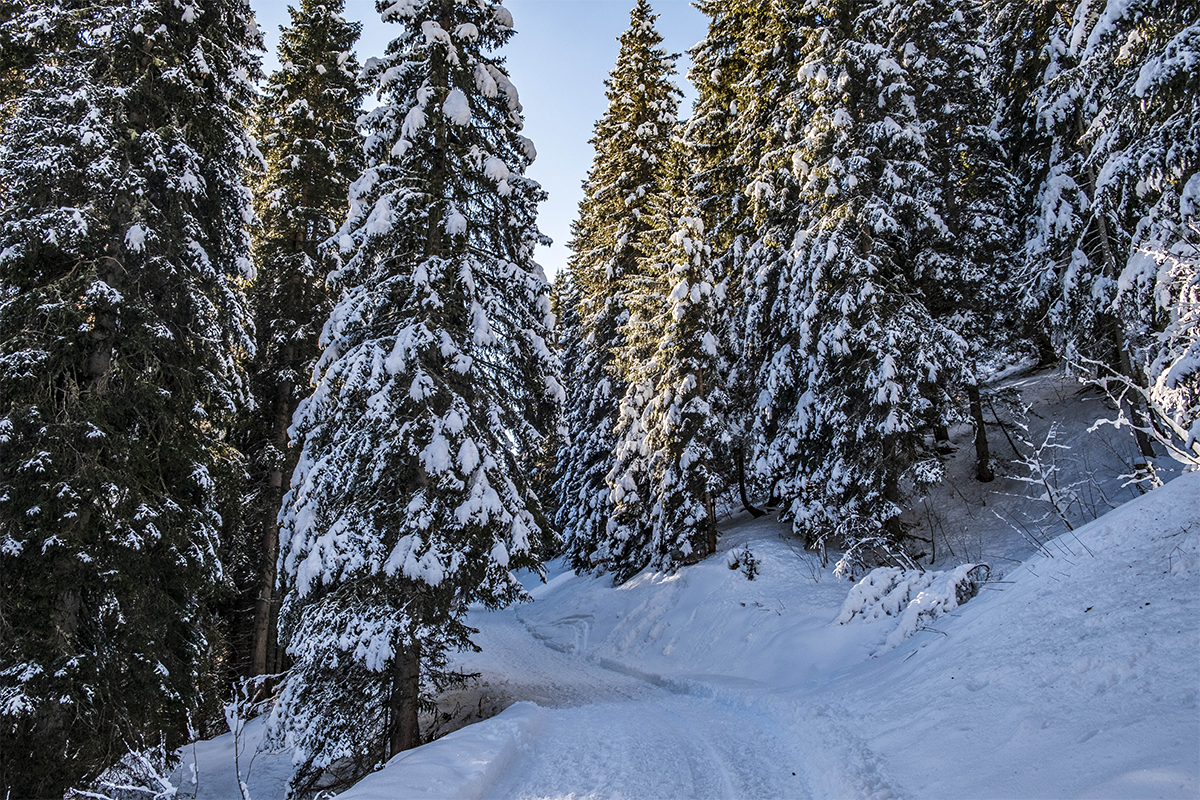
Raquette et technique de randonnée
Pour apprendre à marcher facilement avec des raquettes, il est nécessaire de s'entraîner un peu, car au début le « volume » des raquettes peut nous rendre maladroits, et la consistance de la neige (qui peut avoir différentes caractéristiques : poudreuse, lourde ou glacée) a également une grande influence sur le style de marche à adopter. Pour effectuer une marche efficace, la foulée ne doit jamais être trop longue, les foulées courtes sont toujours recommandées car elles apportent de la stabilité et constituent le meilleur moyen de conserver toute son énergie. Cela dit, le schéma moteur à adopter est la classique marche alternée, c'est-à-dire une progression de telle sorte que les membres supérieurs et les membres inférieurs se déplacent en sens inverse. Lors d'une randonnée en raquettes, il est également judicieux de s'équiper d'une paire de bâtons, indispensables pour garder l'équilibre. Leur hauteur doit être réglée de manière à ce que les coudes se plient à 90° maximum pendant la marche ; sans oublier d’appliquer à l’extrémité de chaque bâton, les bouchons appropriés qui lui éviteront de s’enfoncer dans la neige.
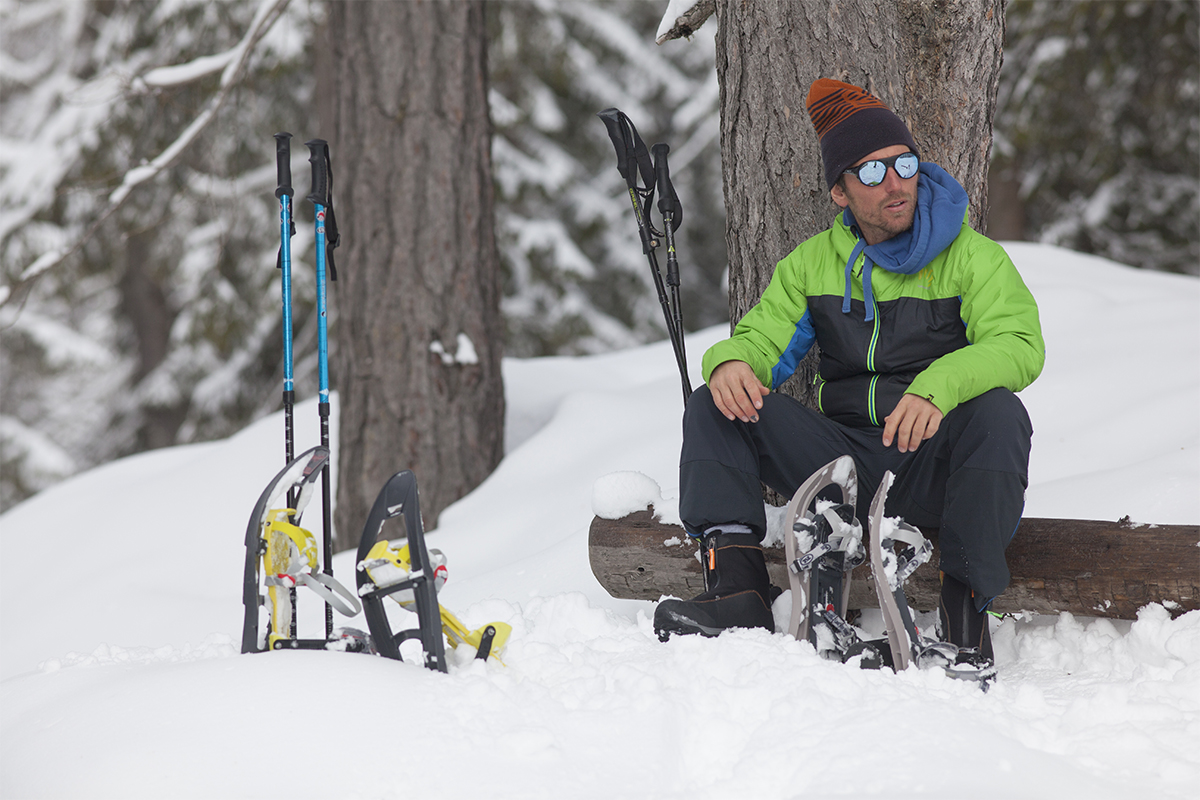
Les risques
Les sols enneigés, s'ils sont abordés sans précautions, peuvent s’avérer mortels. Il est donc essentiel d'interpréter et de lire le terrain afin d'éviter les passages critiques et dangereux en analysant soigneusement toutes les caractéristiques de l'itinéraire et de ses conditions, aussi bien au moment de la planification que lorsqu’on se trouve sur place. Pour cela, il est fortement conseillé de participer à des stages de sauvetage en neige et de nivologie.
Auteur: Davide Canil (Kalipè Trekking)

